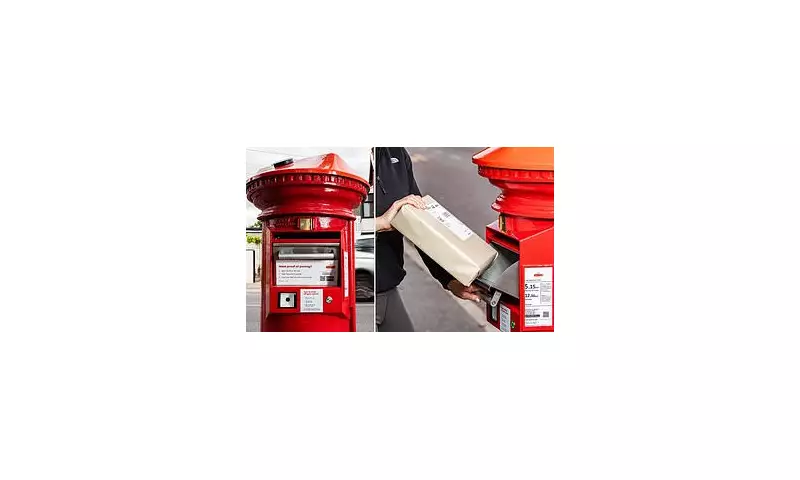
In a landmark move that reshapes the future of Britain's postal service, Royal Mail has launched its first-ever dedicated parcel postbox in a revolutionary pilot scheme. The iconic red pillar box, a staple of British streets since the Victorian era, has been re-engineered for the 21st-century boom in online shopping and parcel returns.
The inaugural 'Parcel Postbox' has been installed in Northampton, allowing customers to send pre-paid parcels at any time of day or night, seven days a week. This represents the most significant functional redesign of the postbox since their original introduction by novelist Anthony Trollope over 170 years ago.
A Solution for the E-Commerce Era
The new design features a noticeably larger aperture to accommodate a wide range of parcel sizes, a critical adaptation for a service now dominated by packet delivery rather than letters. The initiative directly addresses the soaring demand for convenient returns, a cornerstone of modern online retail.
"The launch of the first parcel postbox in Northampton is a fantastic milestone in the evolution of Royal Mail's parcel delivery services," a company spokesperson stated. This innovation is seen as a vital step in streamlining the returns process for consumers and businesses alike.
How the New Service Works
The process for customers is designed for simplicity and convenience:
- Customers first create and pay for their parcel label online through the Royal Mail website or app.
- The pre-paid label is then printed and affixed to the parcel.
- The parcel can be dropped into the new designated postbox at any time, with no need to queue at a Post Office or wait for a scheduled collection.
This 24/7 accessibility is a game-changer, offering unparalleled flexibility for busy consumers and small businesses managing their own shipping.
The Future of the Royal Mail Network
This pilot in Northampton is just the beginning. If successful, Royal Mail plans a potential national rollout, transforming its vast network of over 115,000 postboxes across the UK. This would fundamentally modernise the infrastructure of one of the country's oldest institutions, better aligning it with the digital economy.
The move is a clear signal of Royal Mail's commitment to adapting and competing in a rapidly evolving logistics market, ensuring the iconic red postbox remains a relevant and vital part of British life for generations to come.





